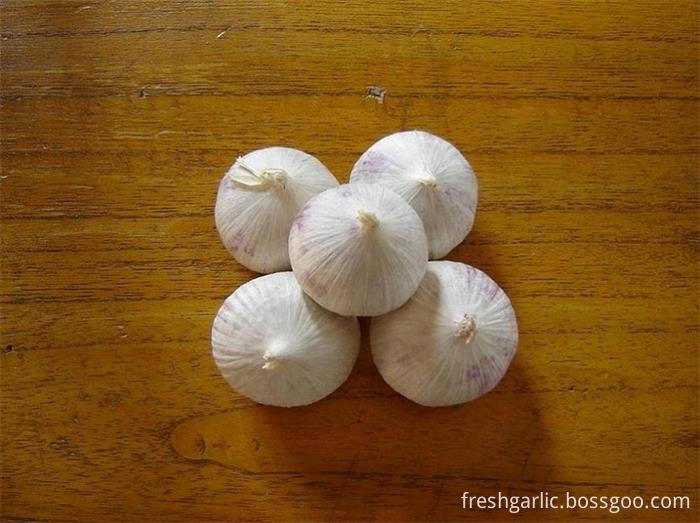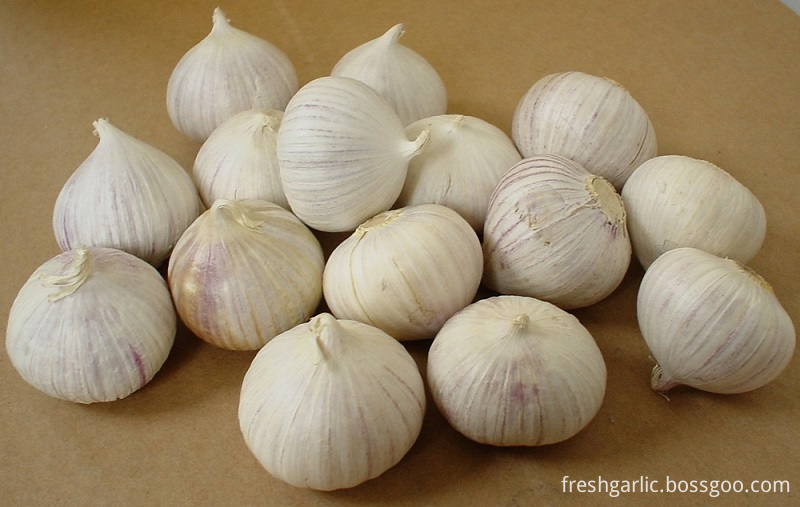Develop rabbit rabbit skins
1, soaked in water. After drying, the rabbit skin is first cleaned with a blunt spatula to remove the oil film and residual meat attached to the skin, and then soaked in clean water for 1-2 days to make the rabbit skin soft.
2, degreasing. Use 2 ‰ sodium carbonate solution on the surface of the board to avoid contact with the rough surface of the liquid and wash it with clean water after 10-20 minutes. Then use warm water to prepare 2 ‰ detergent solution and soak the skin. After 10 minutes, rinse with water.
3, nitrate system. Soak 2-8-fold wet rabbit skin with 20% sodium nitrate solution and 25% rice flour. After immersing for 1-2 weeks, hand-dip tests are performed. If the skin is soft and hard, the nitric acid preparation is completed. Rice flour with rice or rice flour is appropriate, avoid using flour. After the rabbit skin enters the nitrification solution, it is turned over 1 time a day. Nitrate skins should be taken out in a timely manner. When the skins are half dry, they should be stretched four times to avoid excessive shrinkage.
4, finishing. After the rabbit skin is air-dried, use a knife to trim the edges of the hard hair, and then scoop it by hand until it is soft-cooked. Shoot the rice noodles to obtain the finished product. For example, the phenomenon of “smoke removal†occurs in furs made from the surface of nitrocellulose, that is, the tannins in the skin are dissolved after being wetted with water, causing the skins to stick and harden, showing the state of raw hides, and even the appearance of hair removal. The following methods can be used for treatment. First use 2.5 kg of hot water to dissolve chromium alum 250 grams, cooling; warm water 1 kg dissolved sodium carbonate 25 grams; cold water 1.5 kg dissolved salt 250 grams. The sodium carbonate solution was slowly added to the chromium alum solution, stirring continuously with a wooden stick, and then salt solution was added. Spread the mixture evenly on the “smear-out†skin plate. After coating, the plate is left standing on the surface of the plate for 4-5 hours. Repeat brushing 2-3 times until the mixture soaks through the skin. Then wash with water, flatten and dry.
5, storage. After finishing the rabbit skin, exposed to the sun for several days, so that residual fat volatilization, elimination of odor, place the right amount of mothballs moth-eaten, cloth wrapped over summer.
The Single Clove Garlic (also called Solo Garlic) is produced in the high mountain area of Yunnan Province in China, it is grown with organic fertilizers without chemical pollution. The harvest time is February to March each year. Solo garlic's price is higher than regular multi-clove garlic.
1. Commodity name: Single clove garlic
2. Feature: purple and white in color, good-looking appearance, unique flavour, strong fragrant taste compared with regular multi-clove garlic.
3. Origin: Yunnan province of China
4. Size: 2.5-3.0cm, 3.0-3.5cm, 3.5cm and up
5. Packing:
a) prepack: 250g/bag or basket, 10kgs/carton;
b) Loose packing: 10kgs/carton, 10kgs/mesh bag
c) packed according to clients` requirements.
6. Supply period: all the year round
a) Fresh season: early March to July
b) Cold storaged season: early August to the next February
7. Transporting and storing temperature: -3°C--+2°C
8. Shelf life: stored for up to 12 months in the proper conditions



Solo Garlic
Solo Garlic,Fresh Solo Garlic,White Solo Garlic,Natural Solo Garlic
JINING FORICH FRUITS & VEGETABLES CO., LTD. , https://www.forichgarlic.com